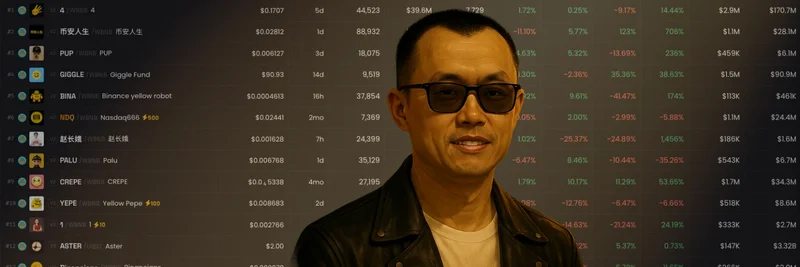There’s been confusion around the token “$MAIN” on BNB Chain and the address 0x43b94af4978aecb53588460ff601803367e14444. After checking public blockchain explorers, this address behaves like a wallet that holds multiple tokens, not a token contract for “$MAIN.” In other words, it’s very likely someone’s holding address rather than the smart contract that defines a token.
If you’re looking for the “Main” SocialFi project, that’s a different entity. The SocialFi network called “Main” describes itself as a user-owned, community-driven platform where people create thematic communities, earn MAIN for activity, and participate in governance. Its documented BNB Smart Chain contract address is 0xa5f249f401ba8931899a364d8e2699b5fa1d87a9. You can learn more about SocialFi in general here: SocialFi, and explore the BNB Chain ecosystem at BNB Chain.
What this means in practice:
- The provided address (0x43b9…4444) does not look like a token contract for $MAIN.
- If your goal is to research or trade the “Main” SocialFi token, use the confirmed contract address (0xa5f2…87a9) to avoid mix-ups.
- Always search by contract address rather than by token name to reduce the risk of interacting with the wrong asset.
Quick guide: how to verify any token on BNB Chain
- Check the contract on a trusted explorer. On BNB Chain, a popular choice is BscScan. Paste the contract address and confirm you see a “Contract” page with verified source code, token name/symbol, total supply, and holder distribution.
- Look for verified metadata and the correct token symbol. Misleading copies often mimic names but differ in contract addresses or decimals.
- Cross-reference with official project documentation or community channels. Reputable projects publish their contract address on the website, docs, or social profiles.
- Use risk tools before trading. Platforms that flag honeypots (blocked selling) or unusually high buy/sell taxes can save you from traps.
A quick refresher on BNB Chain
- BNB Chain is a multi-part ecosystem that includes BNB Smart Chain (BSC), opBNB for L2 scaling, and BNB Greenfield for decentralized data storage.
- BSC is EVM-compatible, so it runs smart contracts similar to Ethereum. “EVM-compatible” simply means developers can deploy Ethereum-style code on BSC with minimal changes.
- The network uses Proof of Staked Authority (PoSA), which blends elements of proof-of-stake and proof-of-authority for faster, cheaper transactions. If you’re new to PoSA, this overview is helpful: What is PoSA.
Where to explore and trade MAIN safely
- If you want to analyze or trade MAIN, start by confirming you’re using the correct SocialFi contract address: 0xa5f249f401ba8931899a364d8e2699b5fa1d87a9.
- For fast discovery and trading tools, check out GMGN.AI’s token page: https://gmgn.ai/bsc/token/fV1R5sZ5_0x43b94af4978aecb53588460ff601803367e14444. GMGN.AI specializes in real-time analytics, smart money tracking, and automated trading for meme and community tokens. It also runs security checks to flag honeypots and high taxes. If you want to automate trading strategies, you can link Telegram via https://t.me/gmgnaibot?start=i_fV1R5sZ5.
- You can also use popular BSC DEXs like PancakeSwap. Always paste the correct contract address to avoid fake or lookalike tokens, and consider running checks on analytics platforms before committing liquidity.
Bottom line
- The address 0x43b9…4444 appears to be a wallet, not the $MAIN token contract.
- The legitimate “Main” SocialFi token on BSC uses the contract 0xa5f2…87a9.
- Protect yourself by verifying contract addresses on explorers, cross-checking with official sources, and using tools that surface security risks before trading.



